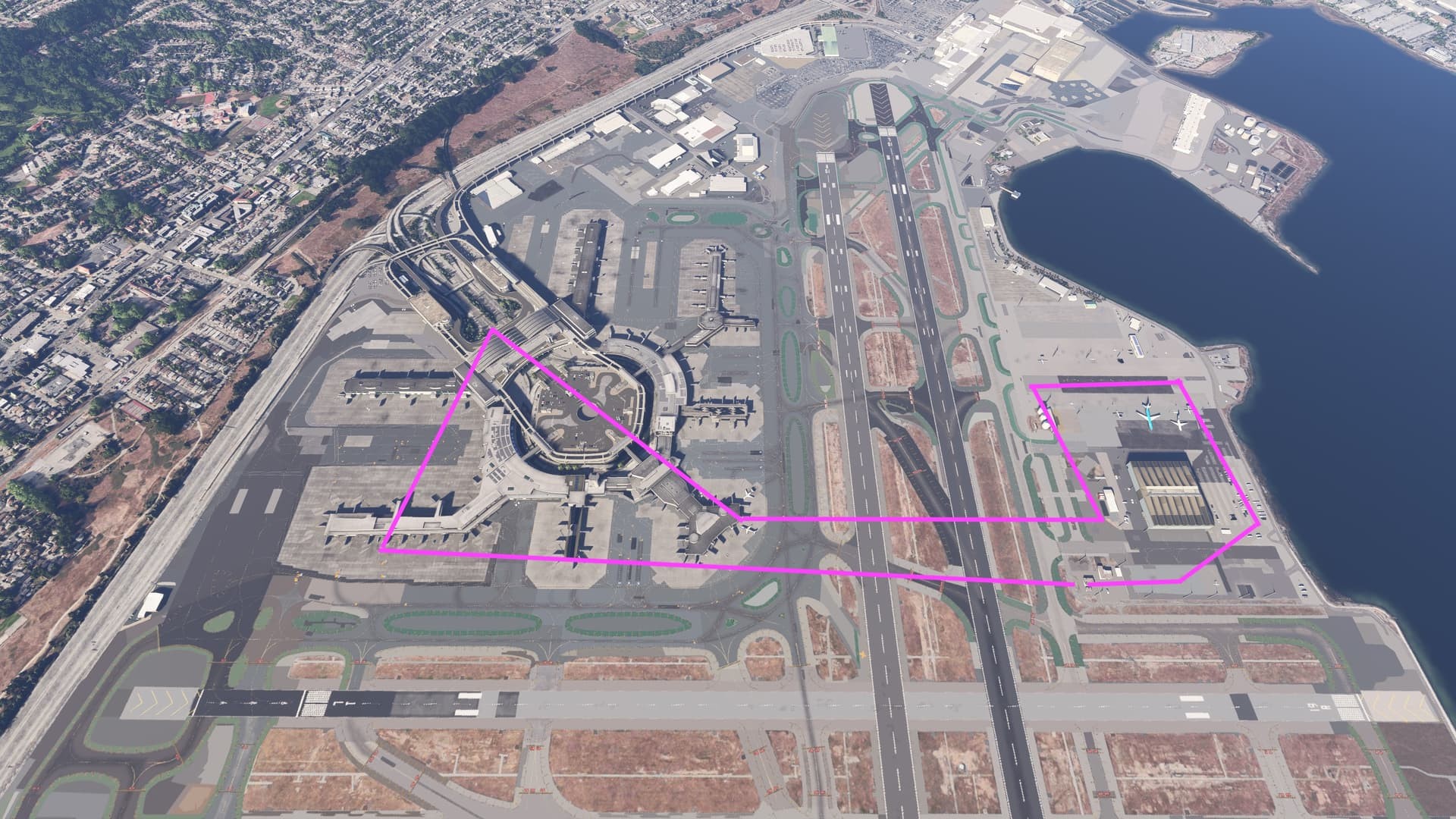Ccc Tuning, short for Community Created Content tuning within Microsoft Flight Simulator (MSFS) 2024’s Rolling Cache, plays a crucial role in optimizing performance and visual fidelity. This article examines how much data a detailed exploration of a complex airport like KSFO (San Francisco International Airport) writes to the RollingCache.ccc file, offering insights into effective cache management. Understanding this data footprint helps determine the ideal Rolling Cache size to prevent critical data from being prematurely purged, ensuring a smoother and more immersive sim experience.
Exploring KSFO’s Impact on Rolling Cache Size
This analysis investigates the data usage of a meticulously crafted custom airport within MSFS 2024. The test involved a pre-warmed 16GB Rolling Cache, previously populated with approximately 25GB of aircraft data (55 different models), but devoid of scenery data. A 90-minute drone flight was conducted at KSFO, meticulously capturing fine details at varying altitudes and distances, ensuring complete data loading at each point. The flight path covered significant portions of the airport, as illustrated in the map below:
The drone captured high-resolution images, showcasing the intricate details of the airport environment, from distant overviews to close-up inspections of objects:
The test was conducted under less-than-ideal network conditions (approximately 20 Mbps download speed), as indicated by the Resource Monitor:
Analyzing CCC Tuning Results and Implications
Process Monitor revealed that the existing Rolling Cache provided nearly 8GB of previously cached aircraft data, saving considerable download time. However, the KSFO exploration added approximately 6.2GB of new data to the cache, primarily comprised of high-detail airport objects and vehicles. This highlights the significant storage demands of detailed scenery.
Despite a reasonable download speed, intermittent slowdowns led to instances of low Level of Detail (LOD) for certain objects, particularly vehicles, even after extended periods. This “LOD inversion,” where distant objects exhibited higher detail than nearby ones, suggests potential data corruption or incomplete downloads due to server timeouts.
Conclusion: The Importance of Effective CCC Tuning
This KSFO analysis demonstrates that a single complex airport can consume a substantial portion of a 16GB Rolling Cache. Consequently, flights between similarly detailed airports might necessitate multiple downloads of the same scenery data if the cache is too small. Slow or unstable internet connections can exacerbate this issue, leading to persistent low LOD and a degraded visual experience. Further investigation is needed to understand the “healing process” for corrupted or low LOD cached objects, especially in larger Rolling Cache configurations. Proper ccc tuning, including selecting an appropriate cache size based on typical flight patterns and internet connection stability, is paramount for optimal MSFS 2024 performance and visual quality. A larger Rolling Cache is generally recommended for users who frequently fly to highly detailed custom airports or experience inconsistent internet speeds.


